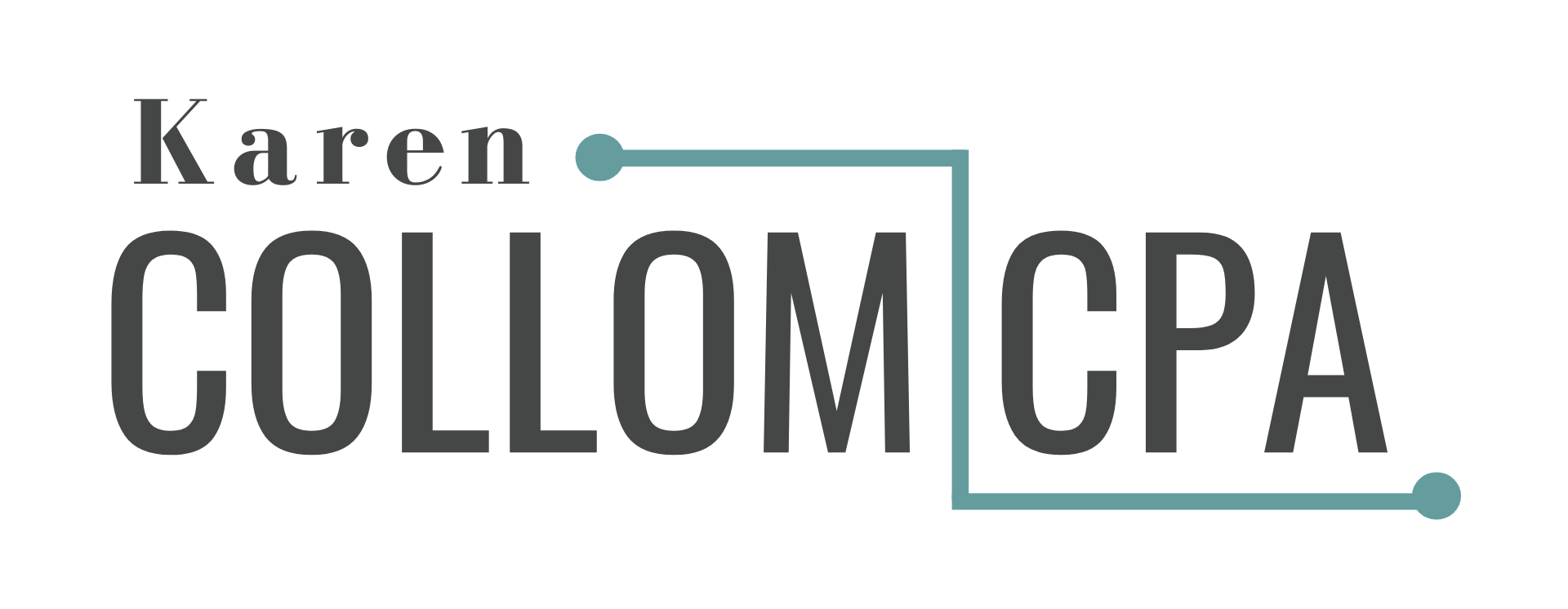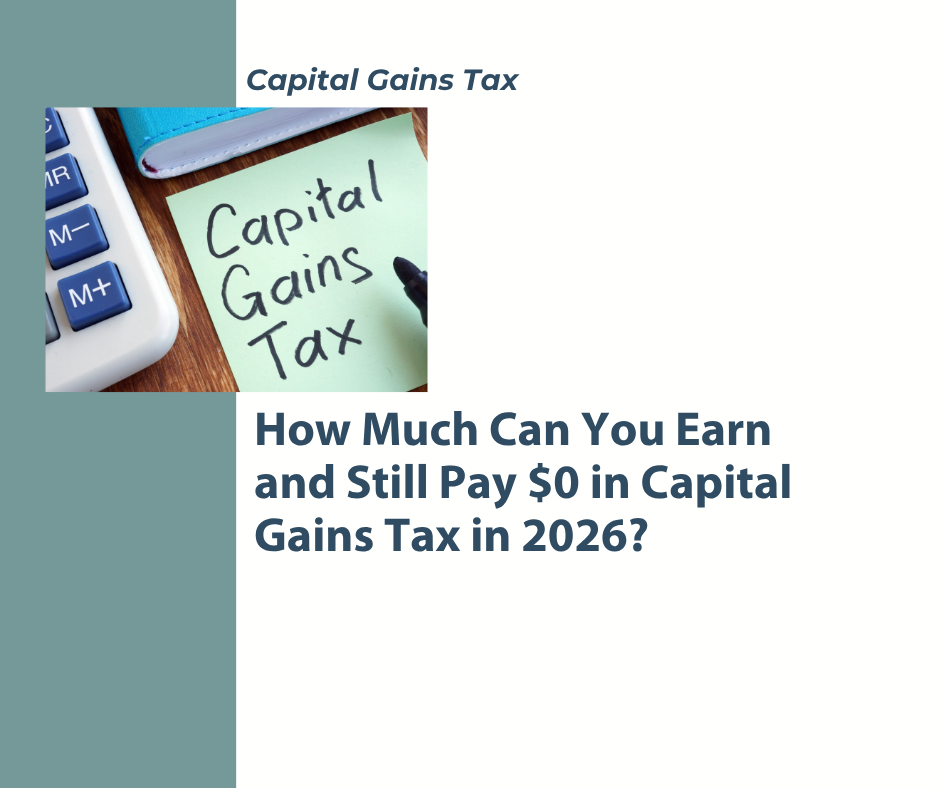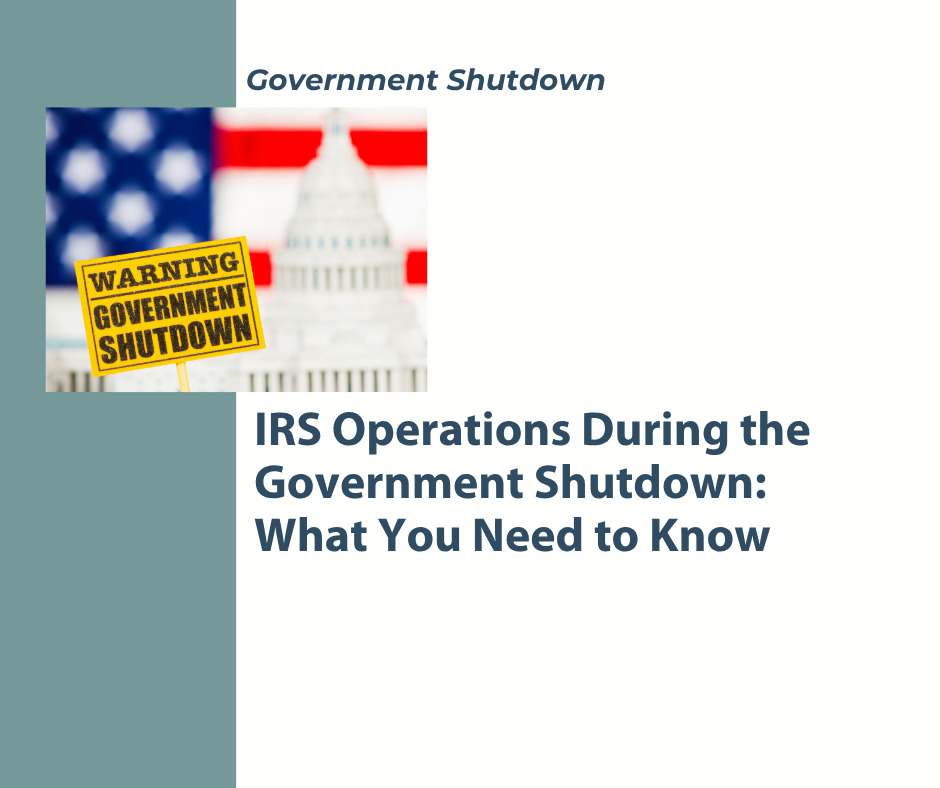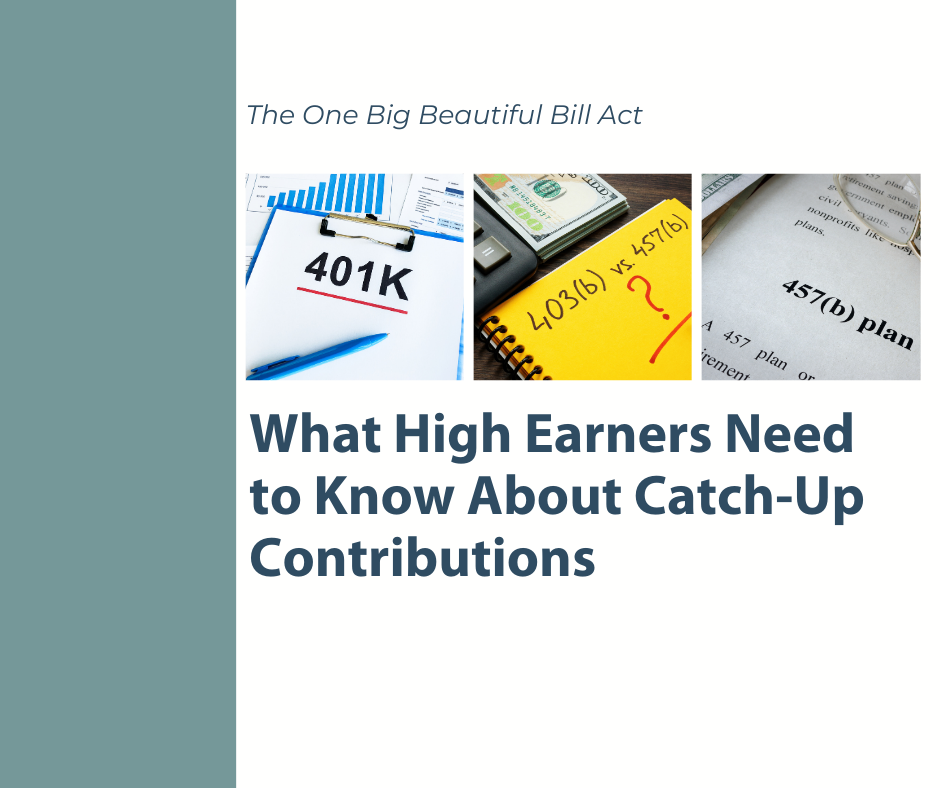2026 Retirement Contribution Limits
What You Need to Know
The IRS has released the 2026 cost-of-living adjustments for retirement plans, and this year brings meaningful increases across 401(k)s, IRAs, SIMPLE plans, and catch-up contributions. These changes give savers more room to build long-term wealth—but they also require a few action steps to ensure you're taking full advantage.
Below is a clear breakdown of the new limits and what they mean for your 2026 planning.
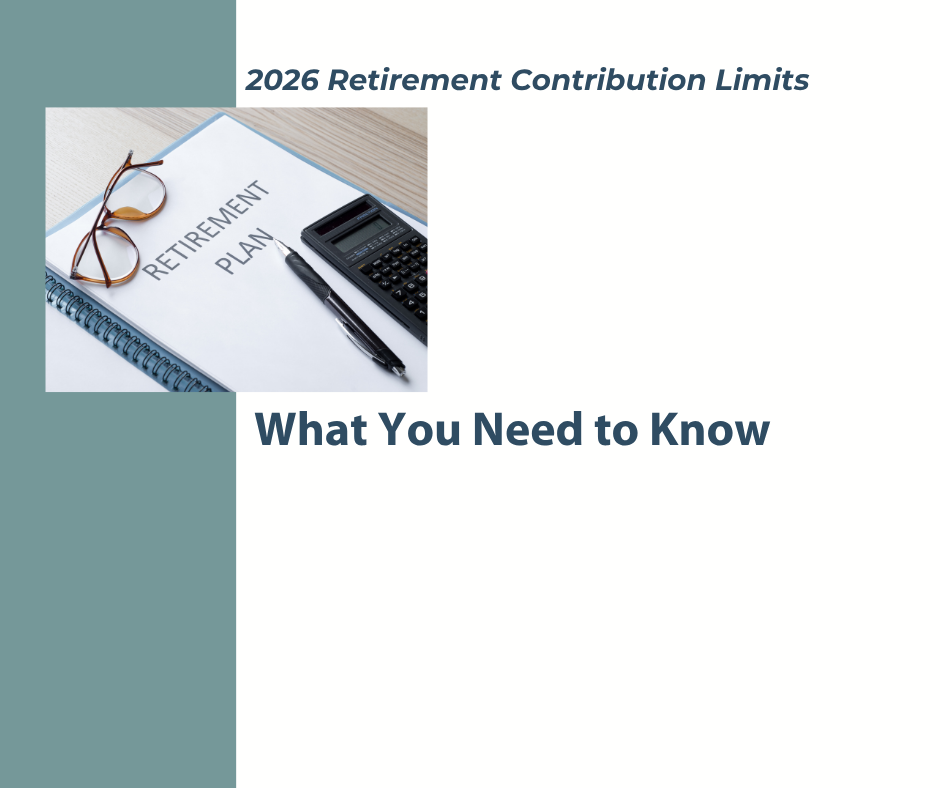
Higher Contribution Limits for Workplace Plans
For 2026, employees participating in a 401(k), 403(b), governmental 457 plan, or the federal Thrift Savings Plan can now contribute:
- $24,500 (up from $23,500 in 2025).
If you want to maximize your contributions, be sure to update your payroll deferral percentage with your employer before the new year. Most plans do not automatically increase your contribution rate—even when the IRS raises the limit—so this is an important step.
IRA Contribution Increases
For 2026:
- Traditional and Roth IRA contribution limit: $7,500 (up from $7,000).
- IRA catch-up (age 50+): $1,100 (up from $1,000), now adjusted annually for inflation.
Catch-Up Contributions: Bigger Limits—And a Big Rule Change
For savers age 50 and over, the catch-up contribution for most 401(k), 403(b), and 457 plans increases to:
- $8,000 (up from $7,500).
- This means individuals age 50+ can contribute up to $32,500 total in 2026.
For workers ages 60–63, the enhanced SECURE 2.0 catch-up remains:
- $11,250 in 2026.
Catch-Up Contributions Must Now Go to Roth
- Under SECURE 2.0, if you earned $145,000+ in the prior year, your catch-up contributions must be made to a Roth (after-tax) account. This rule is in effect now and will impact how you plan for taxes and retirement income.
- If your employer hasn't enabled Roth catch-up functionality yet, you’ll need to confirm their timeline—plans are required to support it.
Learn More at the Barklee Financial Group
